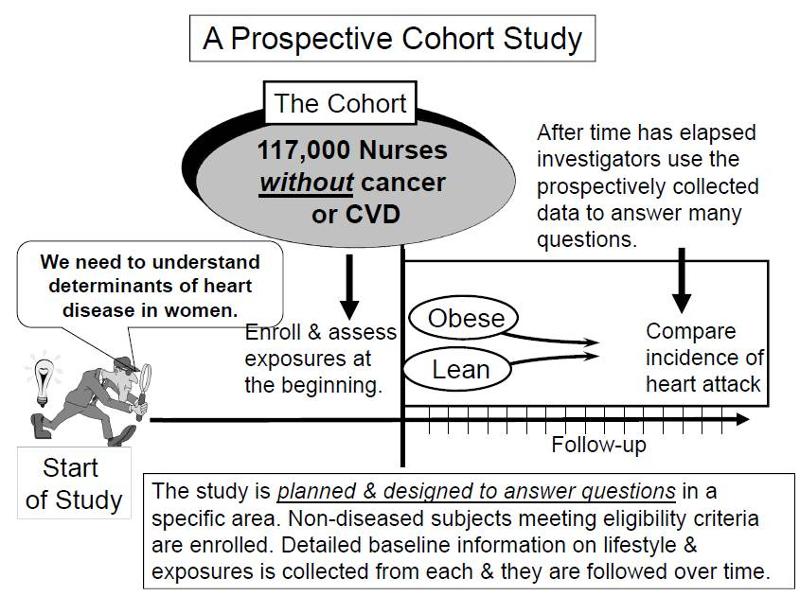

Correlations between VFDs to day 28 and the frequency of physiotherapy interventions delivered per subject were examined using Spearman’s rho analysis. Demographic and clinical data, including APACHE II score, ventilator-free days (VFDs) to day 28, ICU length of stay (LOS), and type and frequency of physiotherapy episodes of care delivered in ICU, were collected from electronic medical records. Methods: All adults admitted with a medical diagnosis of pneumonia requiring invasive mechanical ventilation over a two-year period were included. Objective: This retrospective cohort study aimed to describe physiotherapy management of adults with pneumonia who require invasive mechanical ventilation in a single Level 3 ICU in a quaternary teaching hospital. Physiotherapists in ICU provide interventions to enhance respiratory function and physical recovery. In the retrospective comparison of dyslipidemia risk in 170 patients and 277,864 controls, the odds ratio was 0.822 (95% CI, 0.534-1.266).Conclusionsĭyslipidemia risk was not significantly different between patients with TC and the general population, in both prospective and retrospective analyses.īackground: Pneumonia is a frequent diagnosis for patients admitted to Australian intensive care units (ICUs) for invasive ventilation. Multiple propensity score-adjusted models showed similar results, and 114 patients and 570 matched controls showed an HR of 0.818 (95% CI, 0.598-1.120). In the prospective analysis, 193 patients after TC diagnosis showed similar risk of developing dyslipidemia with the 466,542 controls during the median 7 years of follow-up (unadjusted hazard ratio, 1.102 95% confidence interval, 0.878-1.383 adjusted HR, 0.932 95% CI, 0.707-1.230). The retrospective analysis involved 1:5 nested case-control matching based on dyslipidemia status and conditional logistic regression analysis.ResultsNo significant difference in dyslipidemia incidence was observed between TC patients and the control group, in either the prospective matched (log-rank P = 0.483) or non-matched (log-rank P = 0.424) analyses, or the retrospective analysis (P = 0.3724). In the prospective analysis, Kaplan-Meier estimates were calculated and log-rank tests and univariable and multivariable Cox regression analyses were performed to determine the relationship between TC and dyslipidemia. Bidirectional analyses were performed using prospective and retrospective concepts. The final study sample comprised 466,735 adult subjects without TC or dyslipidemia diagnoses before the index year, 2009. We aimed to investigate dyslipidemia risk after TC diagnosis compared to the general population without TC.MethodA population-based prospective study was conducted using data from the Korean National Health Insurance Service-National Sample Cohort Database 2.0 (NHIS-NSC DB 2.0), with health insurance claim data of 1,108,369 subjects between 20. While the relationship between thyroid hormones and lipids has been widely investigated, studies regarding dyslipidemia in patients with TC have been scarce and controversial. Thyroid cancer (TC) prevalence has been rapidly increasing.


 0 kommentar(er)
0 kommentar(er)
